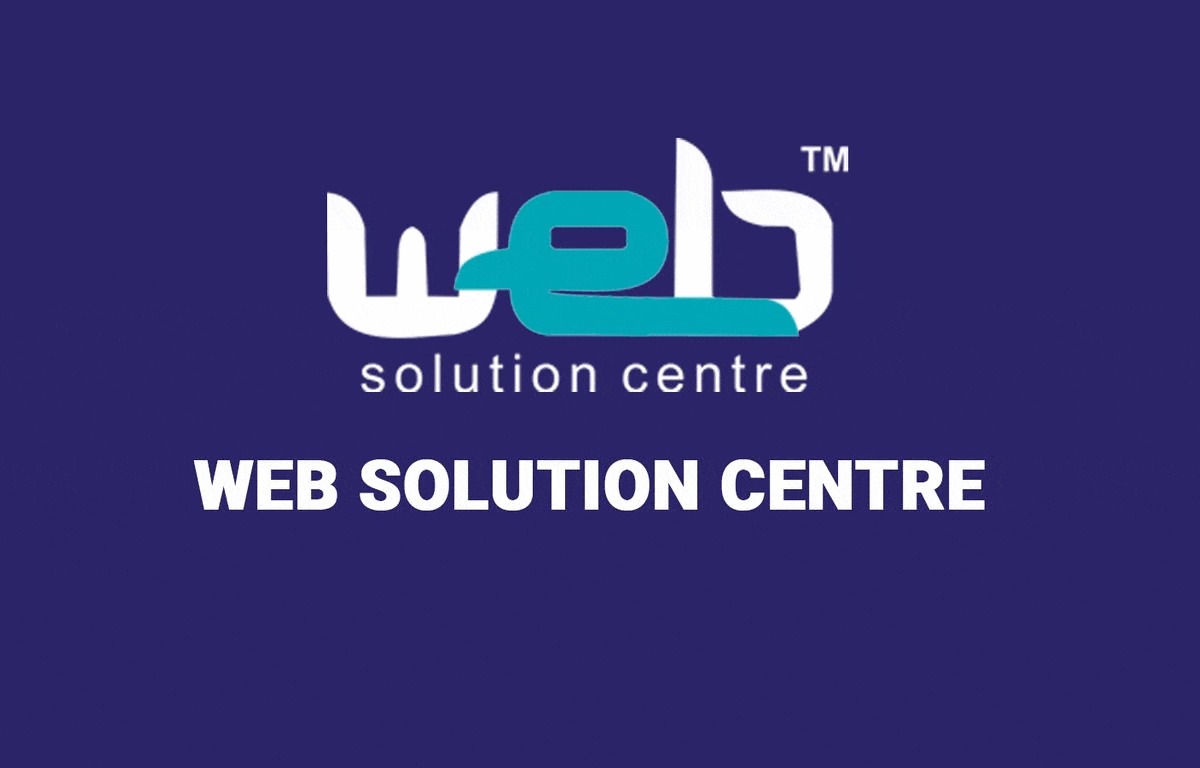Introduction:
In today’s digital landscape, the role of UI/UX design in creating effective websites cannot be overstated. A well-crafted UI/UX design not only enhances the visual appeal of a website but also improves user engagement and satisfaction. Let’s explore the key aspects of UI/UX design and understand its importance in the creation of compelling websites.
User Interface (UI) Design: Creating an Engaging Visual Experience
A visually appealing and intuitive user interface is crucial for capturing users’ attention and driving engagement. UI design focuses on the visual elements and aesthetics of a website, including layout, color schemes, typography, and graphic elements.
User Experience (UX) Design: Optimizing User Interaction and Satisfaction
UX design encompasses the overall experience and interaction users have with a website. It involves understanding user behavior, conducting research, and designing interfaces that are easy to navigate, intuitive, and user-friendly.
Usability and Accessibility: Enhancing User Satisfaction and Inclusivity
Ensuring usability and accessibility are essential aspects of UI/UX design. Usability focuses on making the website intuitive and easy to use, while accessibility ensures that the website can be accessed and used by individuals with disabilities or impairments.
Responsive Design: Adapting to Different Devices and Screen Sizes
With the increasing use of smartphones and tablets, responsive design has become crucial. It involves designing a website that adapts seamlessly to different devices and screen sizes, providing users with a consistent experience across platforms.
The Impact of UI/UX Design on Conversion and Business Growth
Effective UI/UX design has a direct impact on conversion rates and business growth. A well-designed website enhances user satisfaction, encourages longer visits, and increases the likelihood of conversions, whether it’s making a purchase, filling out a form, or signing up for a newsletter.
Conclusion
UI/UX design plays a vital role in the creation of effective websites. By focusing on creating visually appealing interfaces, optimizing user interaction and satisfaction, ensuring usability and accessibility, implementing responsive design, and understanding the impact on conversion rates, businesses can create websites that leave a lasting impression on users and drive their success in the digital landscape.The Power of UI/UX Design: Creating Engaging Websites
